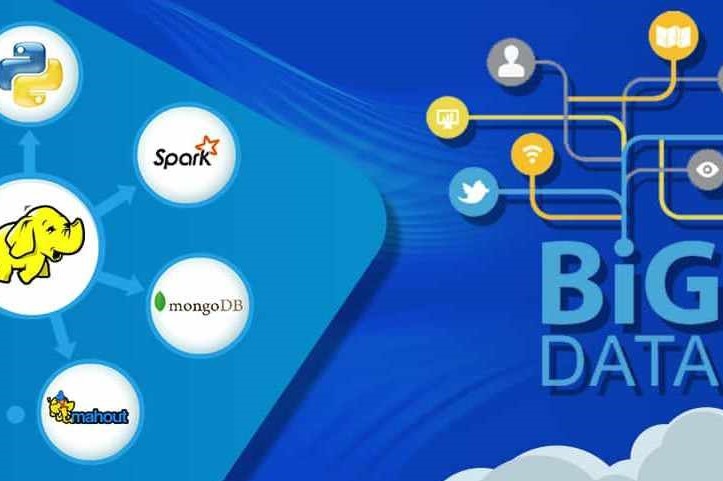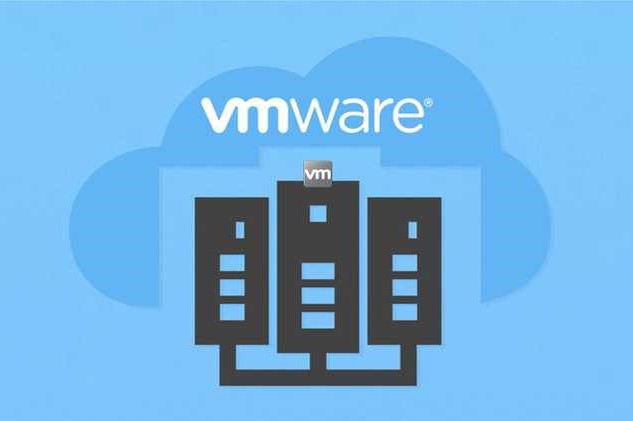Course Information
- Course Price $250
- Total Students 800+
- Course Duration 4 Weeks
Description
In the modern era of internet and ever-progressing computing technology, the requirement of interconnectivity and data transfer is raising on a regular basis. Cloud computing makes the data transfer over the internet a hassle-free one. The process of data control, storage and processing can be carried out over the internet in a swift manner than before. To elaborate further, cloud computing is the delivery of computing services including servers, networking, storage, software, databases etc by the cloud service providers over the Internet. This environment is called as cloud computing platform. The service provider generally charges fees depending on usage of various services present. Simple aspects including signing on to an online device, sending an email etc. are examples of cloud computing usage.
Benefits
- In the modern era of internet and ever-progressing computing technology, the requirement of interconnectivity and data transfer is raising on a regular basis. Cloud computing makes the data transfer over the internet a hassle-free one. The process of data control, storage and processing can be carried out over the internet in a swift manner than before. To elaborate further, cloud computing is the delivery of computing services including servers, networking, storage, software, databases etc by the cloud service providers over the Internet. This environment is called as cloud computing platform. The service provider generally charges fees depending on usage of various services present. Simple aspects including signing on to an online device, sending an email etc. are examples of cloud computing usage.
- Let’s consider this example. If a business does the investment on its own it has to make a big investment in forming the required architecture and back up. But the business can pay only for the services it has used in the case of cloud computing.
- Suppose the business requires additional bandwidth because of sudden increase in data transfer it can be scaled up quickly in the cloud environment.
- You would be fascinated by this dynamic concept which will enhance the productivity, reliability and performance of the business.
Syllabus
Introduction to Cloud Computing
- Components of a computing cloud
- Differentiating types of clouds: public, private, hybrid
- Categorizing service types
- Comparing vendor cloud products: Amazon, Google, Microsoft and others
Adopting the Cloud
- Instantaneous provisioning of computing resources
- Tapping into an infinite storage capacity
- Cost-effective pay-as-you-use billing models
- Handling sensitive data
- Aspects of cloud security
- Assessing governance solutions
Exploiting Software as a Service (SaaS)
- Streamlining administration with centralized installation
- Optimizing cost and performance with scale on demand
- Improving collaboration with business productivity tools
- Simplifying business process creation by integrating existing components
- Deploying web applications
- Implementing web services: SOAP, REST
- Choosing a development platform
Delivering Platform as a Service (PaaS)
- Specifying the components of PaaS
- Analysing vendor PaaS provisions
- Selecting an appropriate implementation
- Evaluating the architecture of vendor-specific platforms
- Becoming familiar with service platform tools
- Controlling unstructured data in the cloud
- Deploying relational databases in the cloud
- Improving data availability
- Testing in the cloud
- Monitoring cloud-based services
- Analysing portability across platforms
Deploying Infrastructure as a Service (IaaS)
- Scalable server clusters
- Achieving transparency with platform virtualization
- Elastic storage devices
- Provisioning servers on demand
- Handling dynamic and static IP addresses
- Tools and support for management and monitoring
Building a Business Case
- Comparing in-house facilities to the cloud
- Estimating economic factors downstream
- Selecting appropriate service-level agreements
- Safeguarding access to assets in the cloud
- Security, availability and disaster recovery strategies
Migrating to the Cloud
- Rearchitecting applications for the cloud
- Integrating the cloud with existing applications
- Avoiding vendor lock-in
- Planning the migration and selecting a vendor
- When cloud computing began, it was very expensive and only large organizations with a lot of money could afford it. But due to competition the prices dropped sharply with the passage of time.
- Capital costs on regular updates and hardware can be avoided, The cloud service provider will have the responsibility of maintaining servers and other aspects. Costs can be balanced with the business’ revenue when cloud is applied.
- The service provider will suit your requirements when the demand for services rise, If the demand sees a fall, you can decrease the services needed. You only pay for what you are using.
- You can concentrate on your business since the IT infrastructure is handled by the cloud service provider.
- Cloud computing provides you with the flexibility to keep in pace with the changing business requirements. New projects can be easily taken care of using cloud computing.
- The security of the environment is meticulously looked after by the service provider, they will take care of regulatory issues, compliance etc. So, there will be less scope of cyber-attacks.
- When you deploy cloud computing, your business can handle the future with confidence. Cloud can conveniently handle any rise in demand for data.





